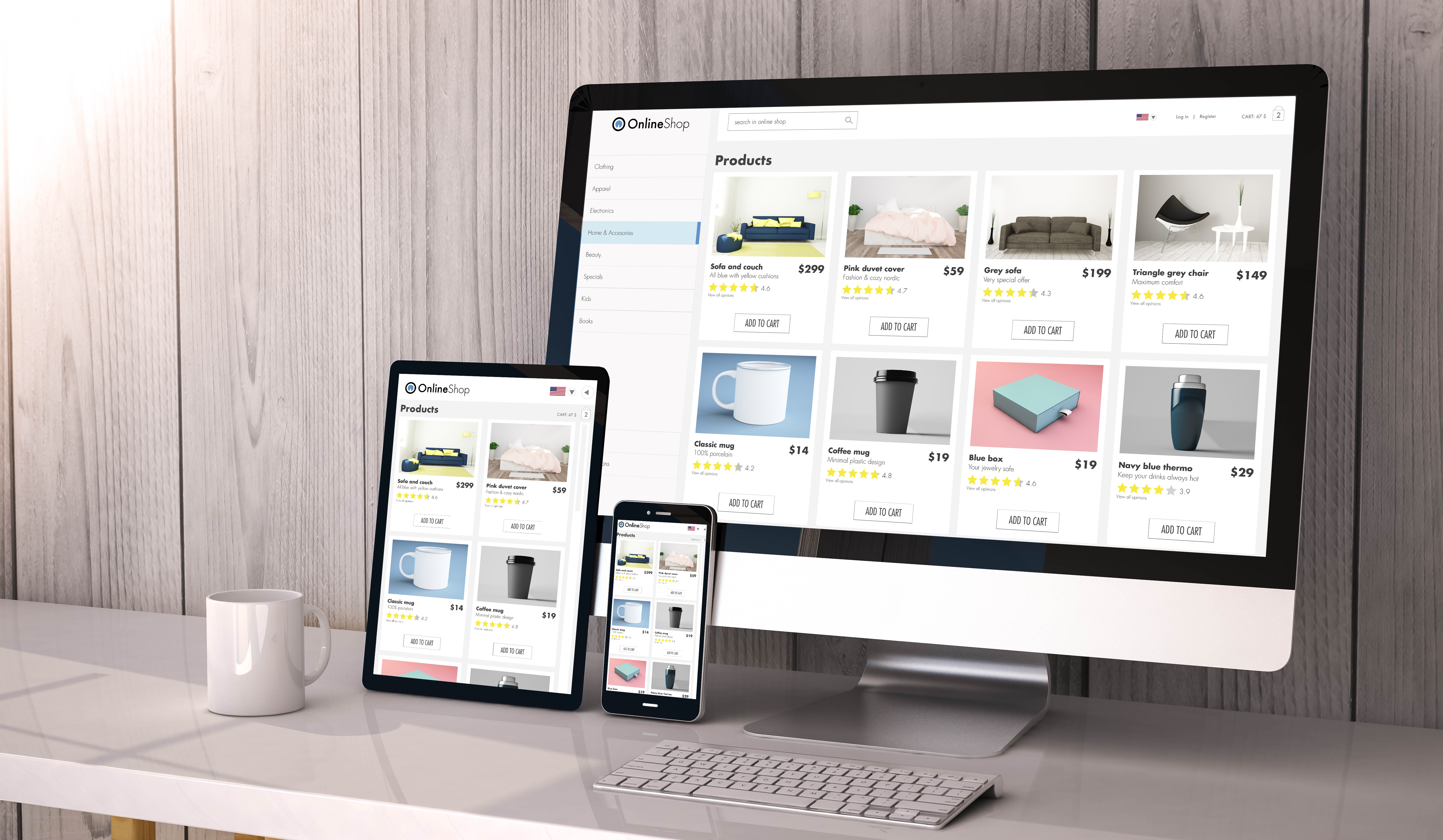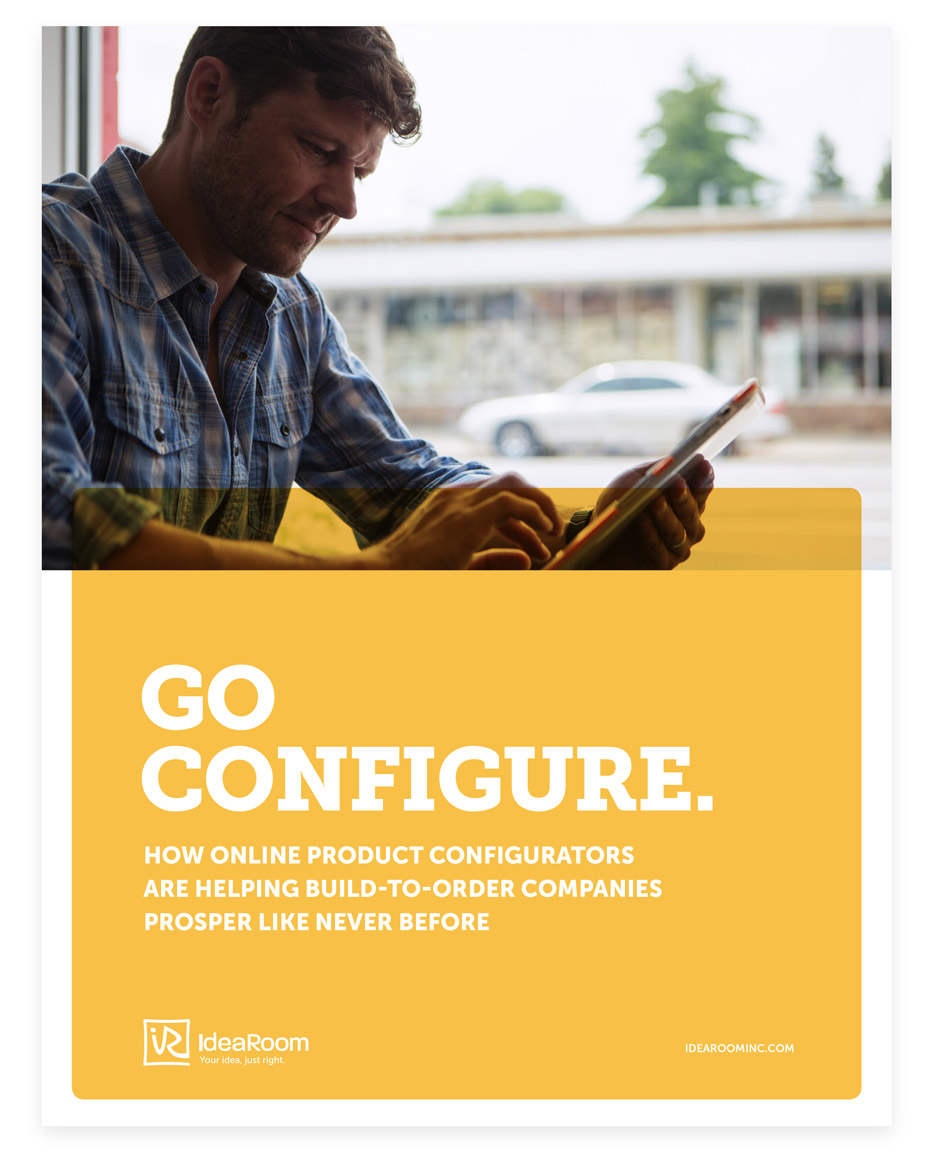If you aren’t giving your prospective customers the ability to design and see their custom product online, you may be missing out on an opportunity to improve your profitability through better sales efficiencies. Consumers today want products tailored to their personal needs and preferences. However, communicating all your product choices online can be challenging. Many companies choose to simply display images of all their options and accessories. Unfortunately, this doesn’t help customers see what a specific set of choices will look like or cost. The more choices you offer, the more difficult it becomes to serve your online customer well. This gap between what customers want and what they see online means the customer must call or email the company directly to complete their research process. Customers must be highly motivated to take this final step. And they must be highly motivated during regular business hours. The rest of your potential customers will inevitably abandon researching your product online in favor exploring others. You’ve lost them. When you close this gap by empowering your customers to configure the exact product they want, easily make tradeoff decisions between features and price, and see the product exactly as it’s configured in real-time, you keep nearly every customer engaged with your product on your website. You improve your online conversion rates, and you reduce your cost of sales. Let’s dig into this scenario a bit deeper. Here’s the typical online purchase experience for custom products:
- A prospect visits your website.
- The prospect explores products and the configuration choices available, such as colors, sizes, and accessories. These choices are typically shown independent of one another.
- The prospect submits a “Contact Us” form or calls company directly.
- Your sales team engages with the prospect, educating him or her further on your products and configuration options. Eventually, your sales team provides the prospect with a quote. Often times, this quote leads to follow-up conversations about feature and budget tradeoffs and a revised quote. And rarely does the prospect see the fully-configured product until the very end of this process, if ever.
- The prospect decides whether to purchase the product.
- The prospect (now customer) purchases the product.
Note the inefficiencies and expense involved in this process: First, you can expect a significant drop-off between step #2 and step #3. A customer who is not ready for a one-on-one conversation will continue their web search to find a product that they are confident will meet their needs. Second, your sales team must engage with the prospect regardless of how well-qualified they are. They will spend significant time explaining the capabilities and configuration options. And they will spend time revising quotes and iterating with the customer. Third, your sales and support teams must instill confidence in the customer that they are getting exactly what they want. This may require creating detailed renderings of the final product or reviewing, in detail, final specifications. This is a time-consuming and expensive process.
ENABLING SELF SERVICE DESIGN
Now consider a second model that enables the customer to make their own guided design choices, on their own time, before they contact you. (In fact, some customers may purchase the product without ever contacting you, completely eliminating the inefficiencies outlined above.)
Note: A live example can be found at Studio Shed, a manufacturer of configurable backyard sheds (visit https://www.studio-shed.com/configure/).
- A prospect visits website (same as above).
- The prospect interacts with an interactive 3D configuration tool. The tool allows him or her to evaluate different options and accessories, see the price, and see the product they have configured.
- The prospect saves the configuration they are interested in purchasing to the Contact Us form or calls the company directly.
- Your sales team engages with the prospect by reviewing the product they have configured and answering any questions they may have. This process is significantly shorter and more productive than before.
- The prospect decides whether to purchase the product.
- The prospect (now customer) purchases the product.
The changes are subtle but important. Prospects have more confidence in the offerings because they see the exact products they have configured. They know the prices, and they have made all the major tradeoff decisions before contacting your team. When prospects reach out to the sales team, they ask more insightful questions, and they are more ready to buy. Prospects who have access to an online configuration tool for custom products are more likely to do the following:
- Spend more time educating themselves on your products
- Be better informed when they contact you
- Be more confident in your company and your product
Ultimately, this optimal online experience for custom products will translate to more sales and greater profitability. Fewer potential customers will abandon your site for another. And your sales team can focus their efforts on the most valuable customers (those most likely to purchase), ensuring the greatest return for their efforts.
-lg-trans-1.png?width=80&name=signature-(logo-only)-lg-trans-1.png)

